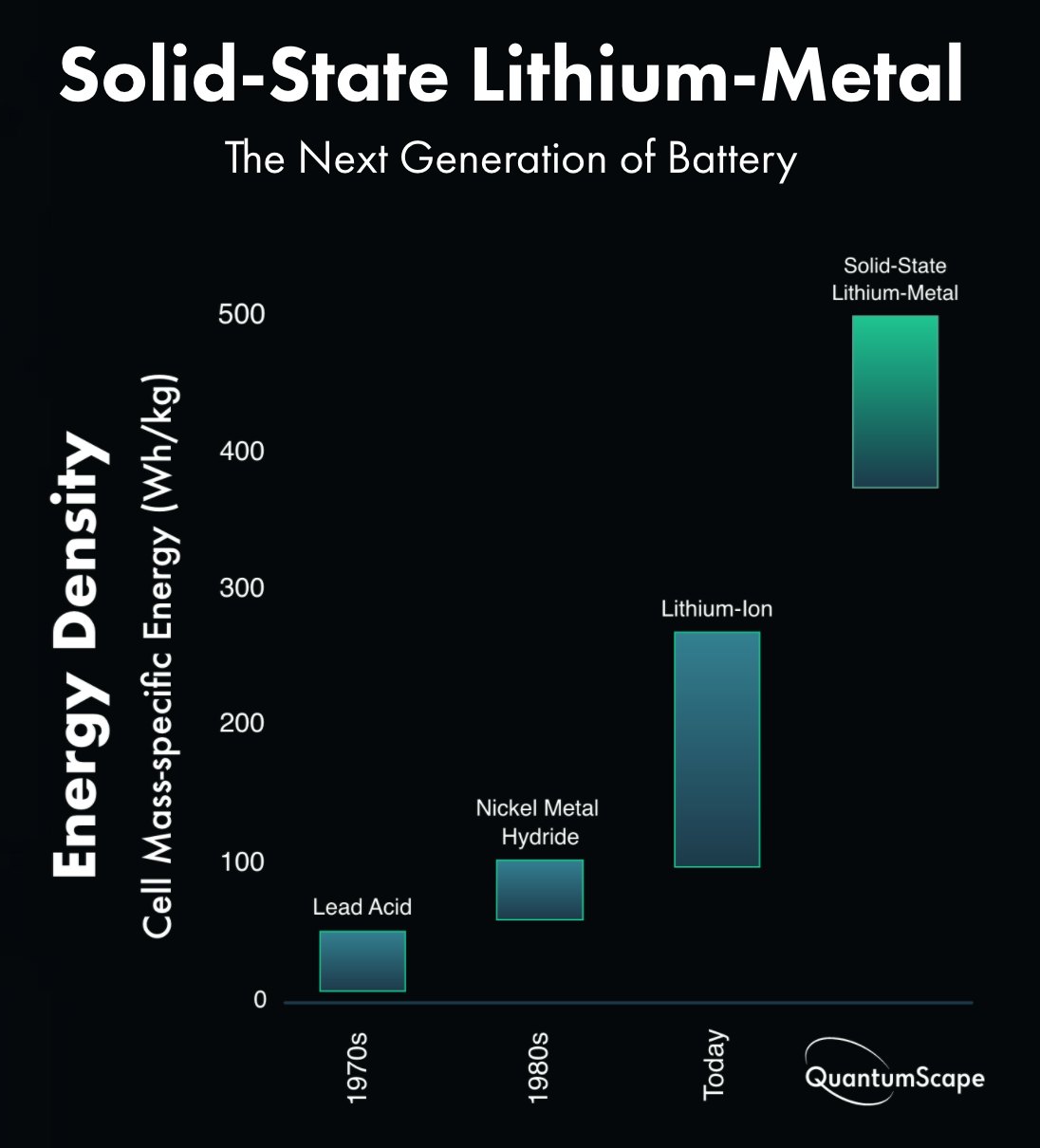We can guess how many MJ make the car one second a lap faster on a typical lap and find how much bigger a battery we will need.
We put the desired number of laps at this extra pace and add it to the size of the current battery. Then divide by the desnity of future batteries to get the new battery mass.
To get the benefit over the race, subtract the swapping out time for the battery + tyre pitstop minus standard pitstop time.
I am proposing that to swap the batery is two additional seconds to a normal pitstop.
Formula e battery spec can be considered conservative.... Weight 250kg 54kWhr
Density 0.216 kWhr/kg
Formula 1 - weight 25kg approximate max capcity 5.4kWhr or 19 MJ.
MGUK boost per lap 4MJ. Based on AbuDhabi 2016 when Nico Rosberg's car ran without MUGk. Can I hazard a guess that 4MJ is about 1 second a lap in pace?
That means the new race allowance will be raised to 8MJ per lap. however lets assume that through normal charging with the brakes you can only deploy 4MJ every other lap. (The normal size battery cannot maintain it's full pace without a charge lap). So we can assume that this 1 second a lap gap increases compared to the current ERS. So lets say its like 1.5 seconds a lap. Then if we want to have this pace for say 5 laps. We need an additional 20MJ over normal battery capacity.
Current battery capacity is 19MJ.
New capacity is 39MJ
With same battery chemistry as 2014 the new battery would be 50kg heavy... However technology has improved since then. Let's assume our solid state battery is 10.8 kwhr at 0.45kWhr/kg density, and thus will weigh 24kgs.
Basically the same size battery can be used to get twice the capacity. And if the charging by brakes alone (MGUH is banned) it will be limited, and thus there is untapped capacity in the middle of the race and an advantage of a few seconds over several laps is to be had if the battery is hot-swapped in the pitstop.



